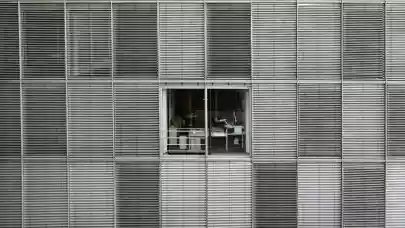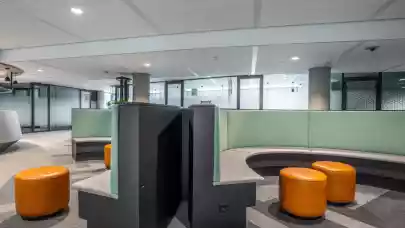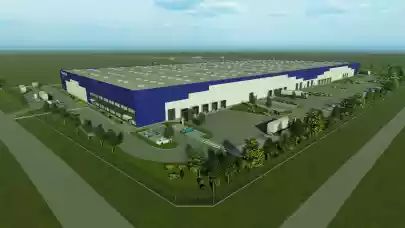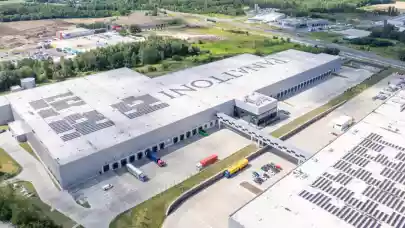
Prague's office market has grown by 4 new buildings in Q2 2024, offering nearly 44,000 sqm of modern class A office space, reports Colliers in its regular quarterly office property market survey. A large part of these properties has found tenants before completion.
Demand and rental prices have also grown. Although the volume of office space under construction has increased significantly to 166,300 sqm, 14,700 sqm more will be added through 4 new projects by the end of 2024.
"In terms of completions and starts, the Prague office market recorded a relatively active quarter. The modern office market grew by a total of four buildings and construction has finally begun on several more. Although the situation in the area of new office construction is far from ideal, we can talk about positive signs," says Josef Stanko, Director of Market Research at Colliers, commenting on the survey results.
Thanks to new completions, market volume at the end of Q2 2024 increased to 3.95 million sqm, representing steady year-on-year growth of 2%. The vacancy rate increased by 40 basis points quarter-on-quarter and currently stands at 7.9%. The vacancy rate within existing buildings has thus reached 311,200 sqm and is distributed very unevenly across Prague. Holešovice district has the highest vacancy rate of 16.7%, followed by the city centre with almost 6%.
Net absorption ended up positive with approximately 20,300 sqm for the entire market. Expansion of the supply of new space is then linked to the enormous demand. Gross demand volume amounted to 220,600 sqm and net demand volume reached 130,700 sqm.
Prime rent benchmarks on the Prague market increased slightly in Q2, with rents in prime locations in the city centre reaching approximately €29.00 per sqm/month. Rents in the wider city centre (e.g., Karlín, Brumlovka, Smíchov) remained at €19.00 per sqm/month and rents on the outskirts of the city (e.g., Nové Butovice, Chodov, Stodůlky) increased slightly to approximately €16.50 per sqm/month. The average asking price in new construction recorded an 11% increase in just two years.
As the volume of available planned projects is severely limited by lengthy permitting processes and a complicated economy, it will be crucial for the market to think about how to adapt some of its current buildings to modern standards in the future. Much of the modern office market is ageing and many buildings are 15 to 25 years old.
"Modern standards in HVAC, user comfort, connectivity or sustainability have already evolved considerably and have been enhanced by new ESG requirements. Some office centres have not been built with such complexity in mind. If refurbishment is to be an option, it needs to be approached very thoroughly," concludes Josef Stanko, noting that the more landlords commit to such an approach, the more it will help the Czech market remain competitive within the region.



